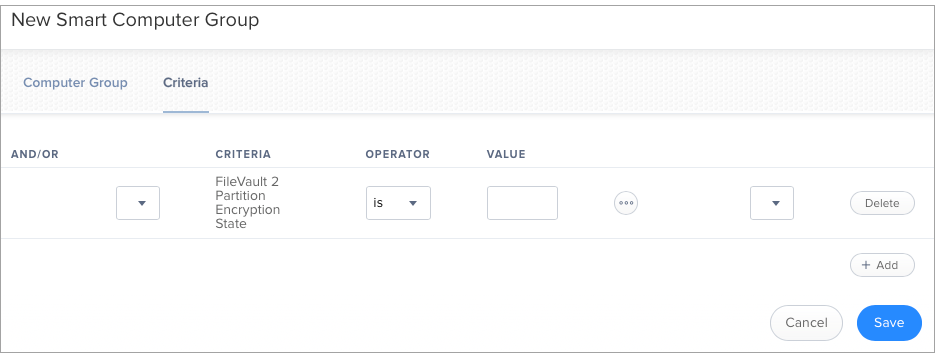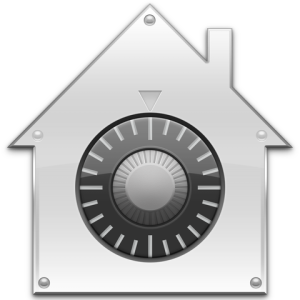
- #Jamf pro filevault how to
- #Jamf pro filevault archive
- #Jamf pro filevault registration
- #Jamf pro filevault password
- #Jamf pro filevault mac
17:32:15.120 INFO TID=27 WorkplaceJoinManager.swift: 475 (didCompleteJoin()) In-app workplace join succeeded.

#Jamf pro filevault registration
17:32:15.119 INFO TID=27 WorkplaceJoinManager.swift: 796 (workplaceClient(_:logMessage:)) INFO: - Successfully completed device registration Here’s an example of a Company Portal log showing successful Intune registration: Log show -predicate 'subsystem CONTAINS "jamfAAD"' -last 30m
#Jamf pro filevault mac
To view just jamfAAD logs on a Mac for quick troubleshooting, run this command on the Mac to get the last 30 minutes of data:.Sudo sysdiagnose -f /path/to/desired/save/location Desktop for the logged in users’ desktop): To generate a sysdiagnose, run the following command from the enrolled Mac device with your desired save location (e.g.
#Jamf pro filevault archive
The sysdiagnose log archive from macOS (will contain jamfAAD process logs).Company Portal logs (instructions are here).When troubleshooting registration issues, start by gathering the following information: It’s important to note that the Intune Company Portal app must be launched from the Jamf Self Service app if not the device will not be properly registered. Troubleshooting Intune Registration for Jamf-managed devices NOTE: AuthN primarily deals with user identity: who is this person? Is she who she says she is?
#Jamf pro filevault password
All client apps using ADAL (Azure Active Directory Authentication Library) can do device AuthN, but users will see Ke圜hain access password prompts.

#Jamf pro filevault how to
Shonda already published detailed steps on getting Jamf integration configured here, and today she follows that up with an article on how to troubleshoot integration if you encounter any issues. Hi everyone, today we have another post from Intune Support Engineer and resident Jamf expert Shonda Hodge.

This is the password for the user who you assigned in Active Directory to manage the Mac OS X computer.This post has been republished via RSS it originally appeared at: Intune Customer Success articles.

On the Mac computer, open the Terminal application.To disable FileVault 2 protection by issuing Terminal commands The disk is no longer encrypted and all authorized users, not just FileVault-authorized users, should be visible on the log on screen. Click the padlock to secure the changes.Click the padlock and enter authentication information to unlock System Preferences.On the Mac computer, open System Preferences > Security & Privacy and click the FileVault tab.To disable FileVault 2 protection by using Security & Privacy preferences You can disable FileVault 2 protection through the Security & Privacy System Preference, or by issuing commands in the Terminal application - view one or the other of the two sets of instructions that follow. You cannot disable it by disabling the Enable FileVault 2 group policy. The only way to disable FileVault 2 protection is manually on the Mac computer.


 0 kommentar(er)
0 kommentar(er)
